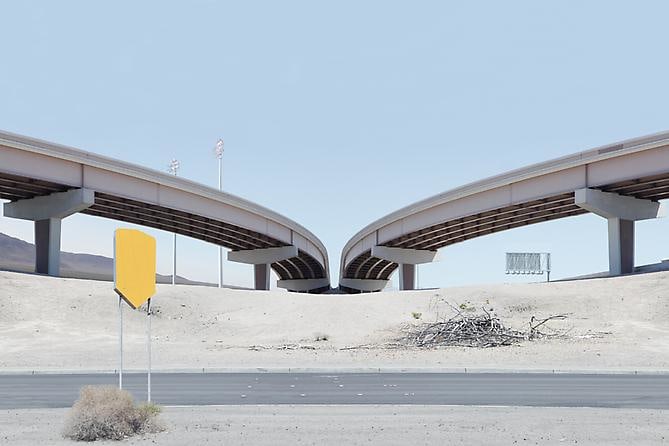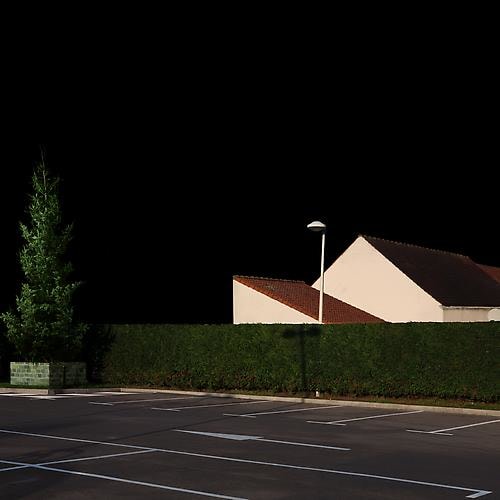ROBERT BERMAN GALLERY is pleased to present the work of French artists Marc Fichou
and Lauren Marsolier.
In an exploration of the time-space continuum, Fichou creates in space literal
compositions of what has happened in time. Freeze the Present is a marked shift from
previous work illustrating ideas as a painter to materializing them in a mixture of
technology and art craft.
Form and process become the variables in experiments designed to witness the effects
of time compression. As in Origami Cube – a photograph of a cube printed on the very
kraft paper used to construct it. And in 2D cube, 3D shape, 4D direction – geometric
blueprints layered on five transparent canvases to provide an instant x-ray of how the
piece was conceived.
Fichou further explains, “Imagine a book written on transparent paper. The words on
each page are partly composed from the pages before. Usually time only allows you to
read page after page, whereas in this case, you can read the book all at once.”
And in a moving, evolutionary iteration of space-time dynamics – Video Feedback Cube
(a video feedback loop of a camera pointing at its playback monitor) surveys the visual,
circulatory transportation of information and the resulting fractal patterns that emerge.
Also contemplating the issue of time but as it relates to emotional and societal
transformation is Transition: a digitally-altered photographic body of work exposing the
internal struggle to connect with a world dominated by manufactured imagery spawned
from the commodification of all aspects of life.
In the words of Marsolier, the work “deals with the psychological experience of transition
that creates feelings of emptiness, disorientation and angst. Living in a hyperreal world
that changes at an exponential speed alters our sense of reality and results in
sentiments of oddness, dissonance and false reassurance.”
The photographs are captured in real time and space but the final composition is “a
place that does not exist, a place without history, an attempt to sum up a new
relationship to the world,” Marsolier concludes.







